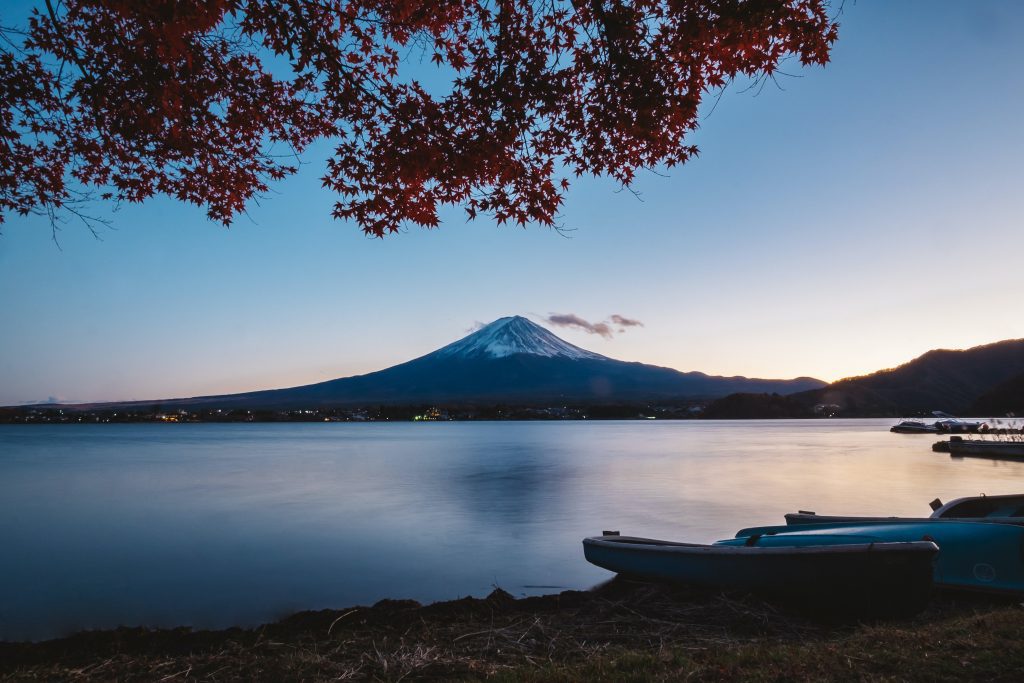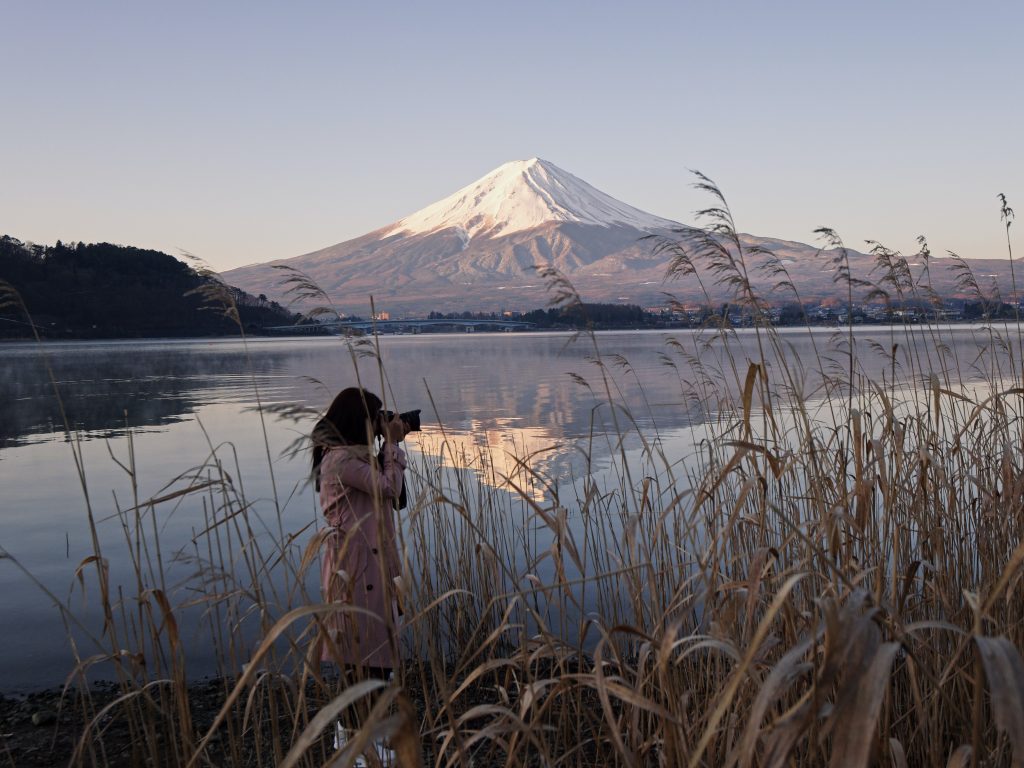6 Interesting Facts About Japan’s Mount Fuji
Japan’s Mount Fuji is one of the country’s most sacred and iconic sites. The active volcano mountain, which peaks at 3,776 meters, became very famous thanks to the artist Katsushika Hokusai’s series, Thirty-Six Views of Mount Fuji.
Fuji, which is also Japan’s highest mountain and known for its conical shape, has many fascinating facts surrounding it. Here are six of them.

It is a stratovolcano
Mount Fuji is a stratovolcano (composite volcano), formed by layers of hardened lava and tephra, giving it a conical shape.
Highly revered
Mount Fuji is one of the three sacred mountains in Japan aside from Mount Tata and Haku. The site has been a sacred place of the Shinto religion for many centuries. Its Kami or deity is Princess Konohanasakuya. On a visit to Mount Fuji, you come across several shrines at the base and summit dedicated to the deity.
A monk reached its summit first
According to available text, the first to reach the summit of Mount Fuji was an unnamed monk in 663CE. The first foreigner to ascend the mountain was Sir Rutherford Alcock in 1860 and he did it within eight hours.
The last eruption happened in 1707
The last eruption of Mount Fuji happened about some 300 years ago in 1707. Being an active volcano, there is a possibility of it erupting again. With that notwithstanding, available data shows the risk of eruption is low.
Surrounded by five lakes

Mount Fuji is surrounded by five lakes making its location a real site to behold. The lakes are Lake Saiko, Lake Kawaguchiko, Lake Shojiko, Lake Yamanakako, and Lake Motosuko.
Features on the Yen
Mount Fuji’s reflection can be seen mirrored in Lake Motosu as it appears on the back of the 1,000 Yen. Photographer Koyo Okada took that rare image.
